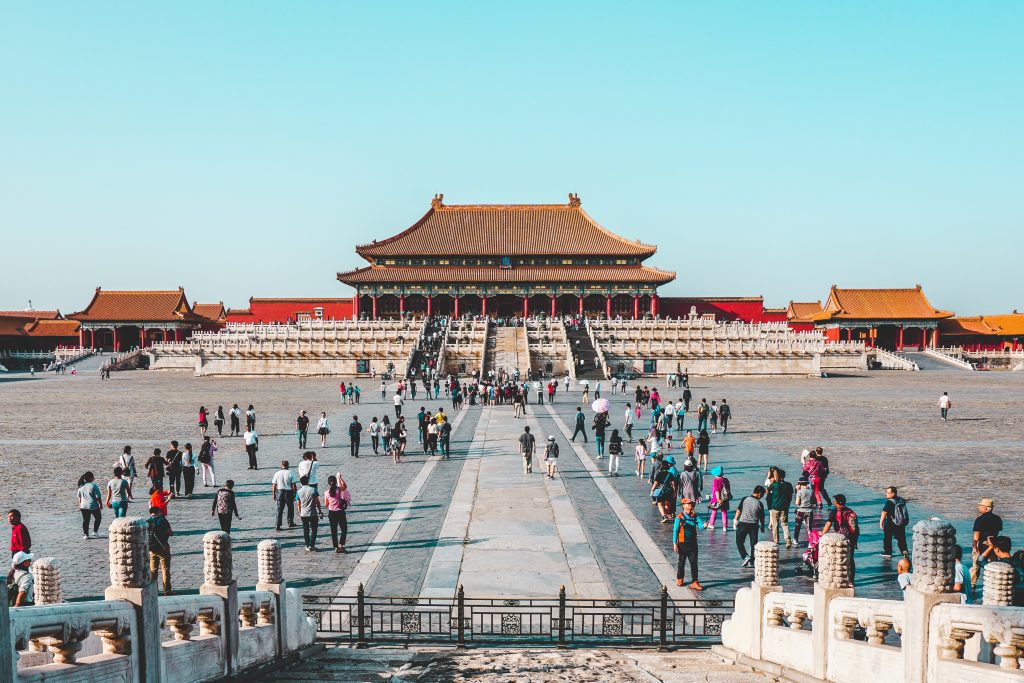Exploring The Cultural Heritage Of The World’s Oldest Countries
Determining the oldest countries in the world is a difficult task as the concept of “countries” has evolved over time. However, based on the continuity of their political borders and the longevity of their cultures, there are four countries that are often considered the oldest in the world: China, Japan, Iran, and Egypt.

China is widely regarded as one of the oldest continuous civilizations in the world, with a history that dates back over 5,000 years. The country has a rich cultural heritage that has influenced the world in many ways, from art and literature to philosophy and science. Its political borders have undergone numerous changes throughout history, but it has always remained a single, unified civilization.
Japan is another country with a long and continuous history that dates back over 2,000 years. Its culture has been shaped by a unique blend of indigenous traditions and influences from China and other neighboring countries. Japan has developed its own distinct language, religion, and artistic traditions, including manga, anime, and the tea ceremony.
Iran, formerly known as Persia, has a history that spans over 3,000 years. It has been home to some of the world’s greatest empires, including the Achaemenid, Parthian, and Sassanian Empires. Persian culture has had a profound impact on the world, from its exquisite poetry and literature to its architecture and art.

Today, Iran is a complex mix of ancient traditions and modern influences.
Egypt is another ancient country with a history that dates back over 5,000 years. It was home to one of the world’s earliest civilizations, which left behind an impressive legacy of art, architecture, and engineering.
The country has also played a significant role in the development of religion, with the ancient Egyptians worshiping a pantheon of gods and goddesses that influenced later religions, such as Christianity and Islam.
